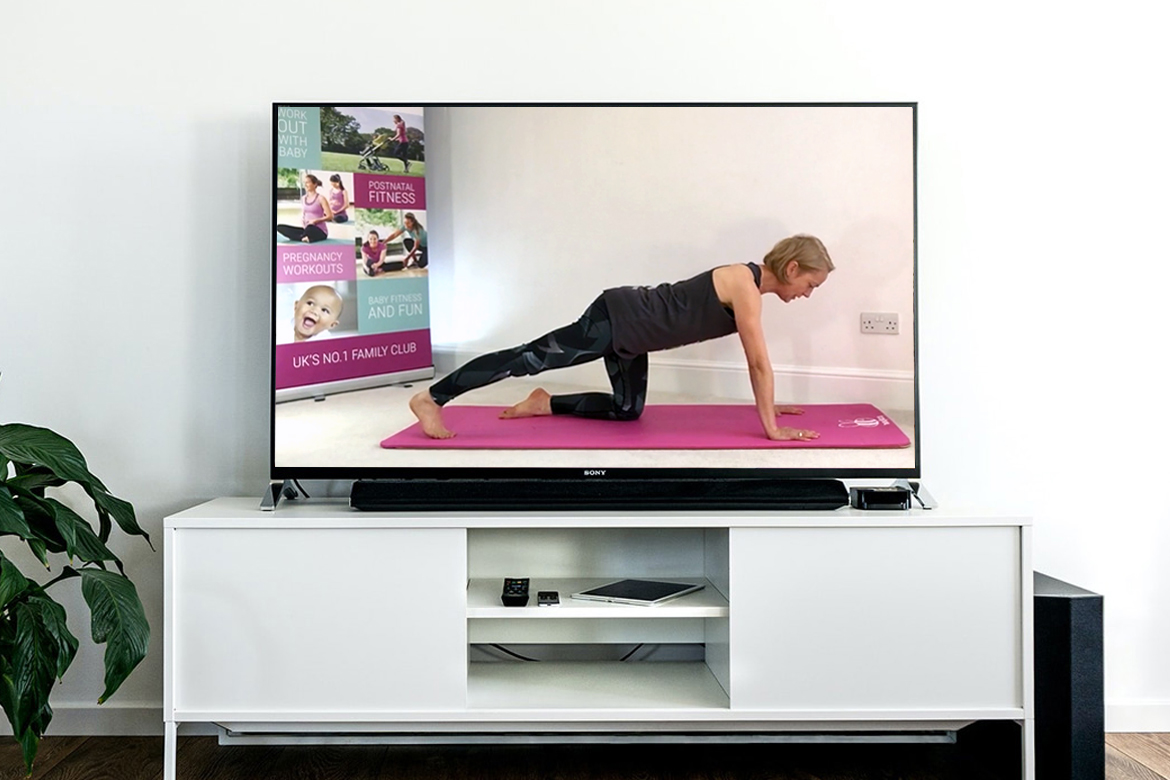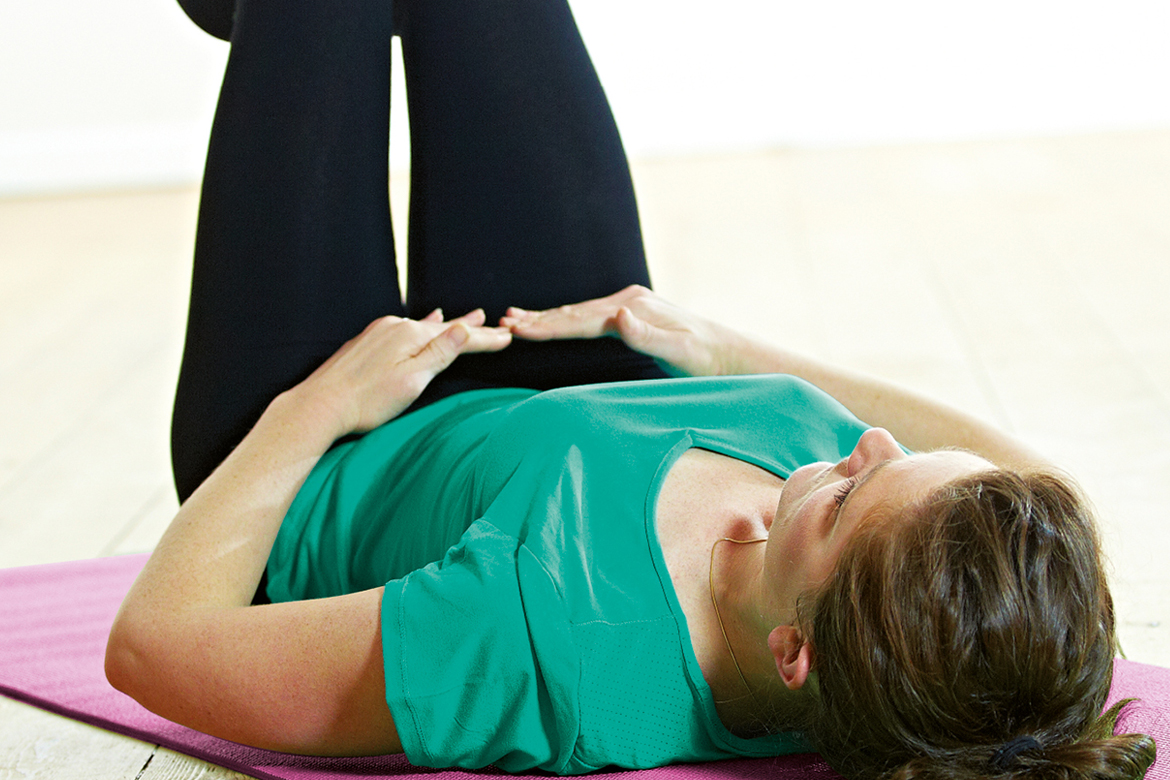By Magda, Busylizzy Mummy&Me Pilates instructor
During pregnancy, the right and left halves of the rectus abdominis muscles (six pack) separate to accommodate your growing baby. Postpartum, this gap can take anywhere from 6 weeks to 9 months to reduce. Everyone’s recovery is going to be different and a third of all new mums will have some level of diastasis recti. After 6 weeks, and when commencing exercise, we need to check this gap and be ever mindful of how we work our abdominal muscles.
In VERY rare cases, a hernia or prolapse can occur – most likely an umbilical hernia causing a bulge/protrusion or soft swelling around the belly button. This can be caused by increased abdominal pressure as a result of day-to-day things like lifting, coughing, constipation, bad posture or possibly multiple pregnancies. But it can also be caused by exercising incorrectly and working too powerfully into the abdominal muscles before we have closed the gap.
For example, doing full planks, full crunches, sit ups, roll ups, excessive and fast twist movements or strong back bends – these are an absolute NO NO until you have full abdominal recovery.

How do you know if you have Diastasis Recti?
The most common sign of diastasis recti is a bulge (or pooch) in your stomach, especially when you strain or contract your abdominal muscles. Other symptoms also include:
- lower back pain
- poor posture
- constipation
- Bloating
What are the causes?
During pregnancy, your abdominal muscles and connective tissues are stretched out from your expanding uterus. They’re helped along by the pregnancy hormones relaxin and estrogen. This excessive inner-abdominal pressure causes diastasis recti. Pushing during delivery can also lead to diastasis recti. Experiencing some abdominal separation during and following pregnancy is expected.











